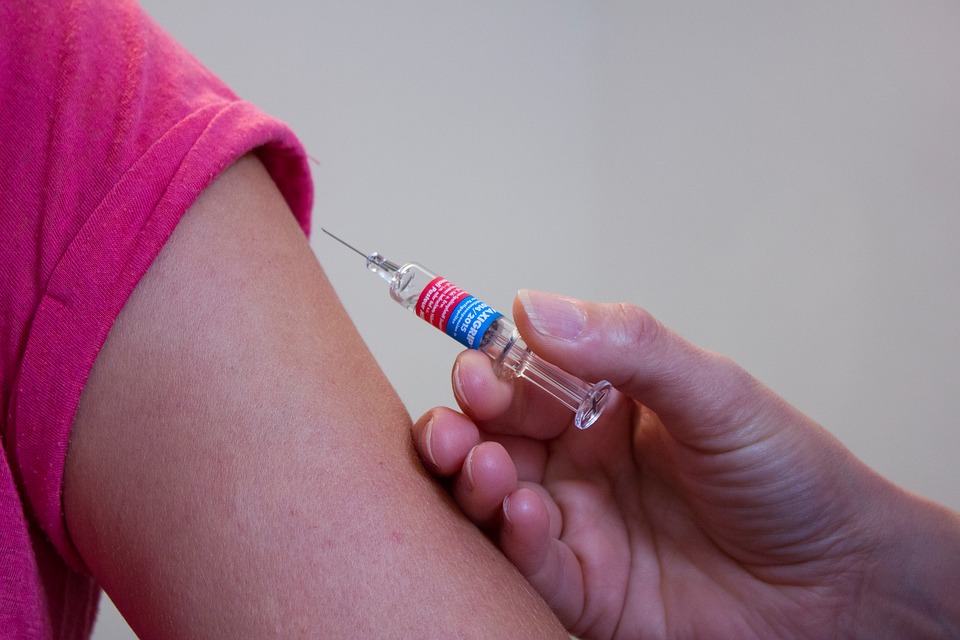
The underlying cause of MS has not yet been fully clarified, but a connection with the Epstein-Barr virus (EBV) has long been suspected. In most patients who develop MS, specific immune responses against EBV are detectable, which are also directed against certain structures of the central nervous system and thus contribute to the development of MS. Until now. However, it was unclear why an EBV infection, one of the most common and lifelong persistent viral infections in humans, only leads to MS in a small number of people. A research group at the Centre for Virology led by Elisabeth Puchhammer-Stöckl, in cooperation with a team from the Department of Neurology at the Medical University of Vienna led by Thomas Berger and Paulus Rommer, has now shown that the risk of MS is particularly high in people with a combination of certain host factors and virus variants.
Natural killer cells as a potential protective factor
To be specific, the investigations revealed a greatly increased risk of MS, if, on the one hand, the EBV-specific and autoreactive immune responses are strong and, on the other hand, the patients are unable to control this autoimmunity efficiently. The study authors identified a subgroup of the natural killer cells of the human immune system as a potential key factor for protection against MS. “These immune responses could therefore play a decisive role in the development of future vaccines,” says Hannes Vietzen from the Centre for Virology, first author of the study, describing the new possibilities that arise from the research work with regard to the prevention and early detection of MS. According to the investigations, the development of MS proved to be dependent on certain genetic factors as well as on infection with a specific EBV virus variant, which, according to the laboratory experiments, leads to a significantly weakened immune response against the autoreactive processes and thus contributes to the development of MS. “It may be helpful to analyse the EBV variants detected in these patients in order to identify patients at risk at an early stage,” says Hannes Vietzen in the run-up to further studies that are intended to deepen these findings.